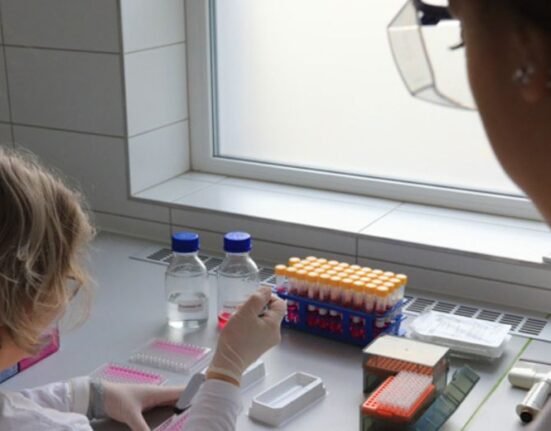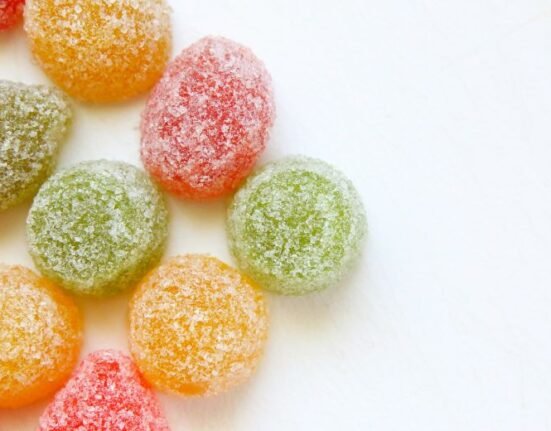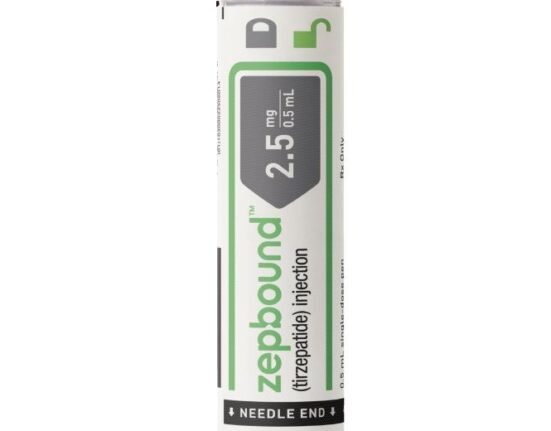HQ Team
October 20, 2023: More than half a billion people worldwide are living with diabetes, and this number is expected to rise. A healthcare challenge associated with diabetes is chronic diabetic wounds, especially foot ulcers.
In a significant number of cases, patients have to undergo limb amputations to save lives. To address this problem of deadly diabetic foot ulcers, a team of researchers from the National University of Singapore (NUS) has developed an innovative magnetic wound-healing gel to address the challenge of slow-healing diabetic wounds and reduce the risk of amputation.
The healing process
The team came up with a treatment that involves applying a bandage with a hydrogel that contains skin cells for healing and magnetic particles. To enhance the healing process, a wireless external magnetic device activates skin cells. The ideal duration of magnetic stimulation is approximately one to two hours.
Lab results
Laboratory tests have shown that this treatment, when coupled with magnetic stimulation, accelerates the healing of diabetic wounds about three times faster than conventional approaches. While the focus has been on diabetic foot ulcers, the technology shows promise for treating various complex wounds, including burns.
The specially designed wound-healing gel contains FDA-approved skin cells – keratinocytes for skin repair and fibroblasts for connective tissue formation – along with tiny magnetic particles. When combined with a dynamic magnetic field generated by an external device, this mechanical stimulation increases dermal fibroblast activity. Lab tests demonstrated a 240% boost in cell growth rate and more than a doubling of collagen production, a crucial protein for wound healing. It also improves communication with keratinocytes to promote the formation of new blood vessels.
Active vs. passive healing
Assistant Professor Andy Tay, the leader of the NUS research team, highlighted the limitations of conventional dressings, which merely prevent wounds from worsening without actively promoting healing. He said,”“Conventional dressings do not play an active role in healing wounds. They merely prevent the wound from worsening and patients need to be scheduled for dressing change every two or three days. It is a huge cost to our healthcare system and an inconvenience to patients.”
In contrast, NUS’s magnetic wound-healing gel offers a comprehensive approach. It simultaneously addresses multiple critical factors associated with diabetic wounds, including managing glucose levels, activating dormant skin cells, restoring damaged blood vessels, and repairing the disrupted vascular network within the wound.
“Our technology addresses multiple critical factors associated with diabetic wounds, simultaneously managing elevated glucose levels in the wound area, activating dormant skin cells near the wound, restoring damaged blood vessels, and repairing the disrupted vascular network within the wound,” explained Asst Prof Tay.
Game-changer in wound management
The magnetic wound-healing gel shows great promise in improving diabetic wound healing, it could also be used in the treatment of various complex wound types, including burns and chronic non-diabetic ulcers.
Researchers are actively working to refine the magnetic wound-healing gel’s effectiveness and are collaborating with clinical partners to test its effectiveness using diabetic human tissues.
The NUS team’s research was published in the scientific journal, Advanced Materials. This research was conducted in collaboration with scientists from various institutions, including the Agency for Science, Technology, and Research, Nanyang Technological University, Sun Yat-sen University, and Wuhan University of Technology.








